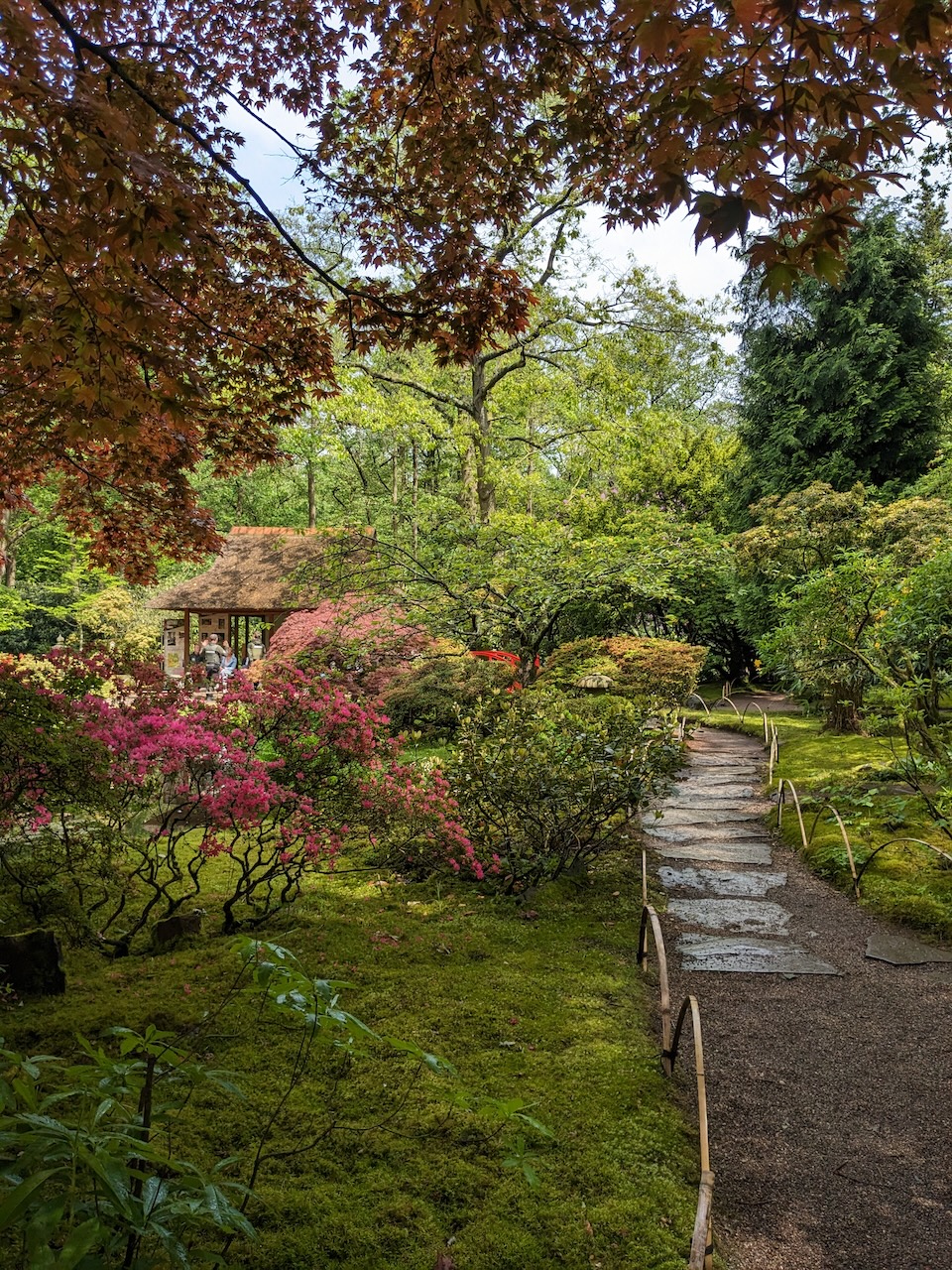This month
Garden #7 Japanese Garden in The Hague

Visiting the Japanese Garden in The Hague feels as if you are stepping into another world. Upon entering, you are greeted by a stunning palette of colors from the azaleas, ornamental cherry trees, and unique trees that gracefully hang over the water. But there is one plant that makes the whole scene truly enchanting: moss. The Japanese Garden is therefore a typical example of a moss garden.
The garden is located on the Clingendael Estate in The Hague and is the oldest Japanese garden in the Netherlands. It was created around 1910 by Marguerite M. Baroness van Brienen, who owned the estate at the time. She traveled to Japan many times and brought back various objects, which can still be seen in the garden today. Special trees were planted back then, such as Japanese maples and bonsai trees. These trees change color in autumn, making the garden especially vibrant during that season. Since 2001, the garden has been designated a national monument.
Japanese gardens are often inspired by Chinese gardens and are designed to represent a perfected natural landscape. Everything is man-made, but in such a way that it seems as though the landscape has naturally formed. Common elements include hills, moss, trees, and bridges. These are the features that give the gardens their fairytale-like atmosphere. In addition, Japanese gardens are usually designed to create a calm and serene ambiance, with places where visitors can pause and unwind.
In the Japanese Garden in The Hague, you will find many of these elements. There are several red bridges connecting winding paths across the water. You will also see small moss-covered hills. Scattered throughout the garden are stone lanterns in various shapes, as well as two water basins depicting Buddhas and a lotus. The garden also features a small pavilion where you can sit and read or simply relax.
Because the garden is very delicate, it is only open for a few weeks each year, in spring and autumn. It is definitely worth a visit!


































